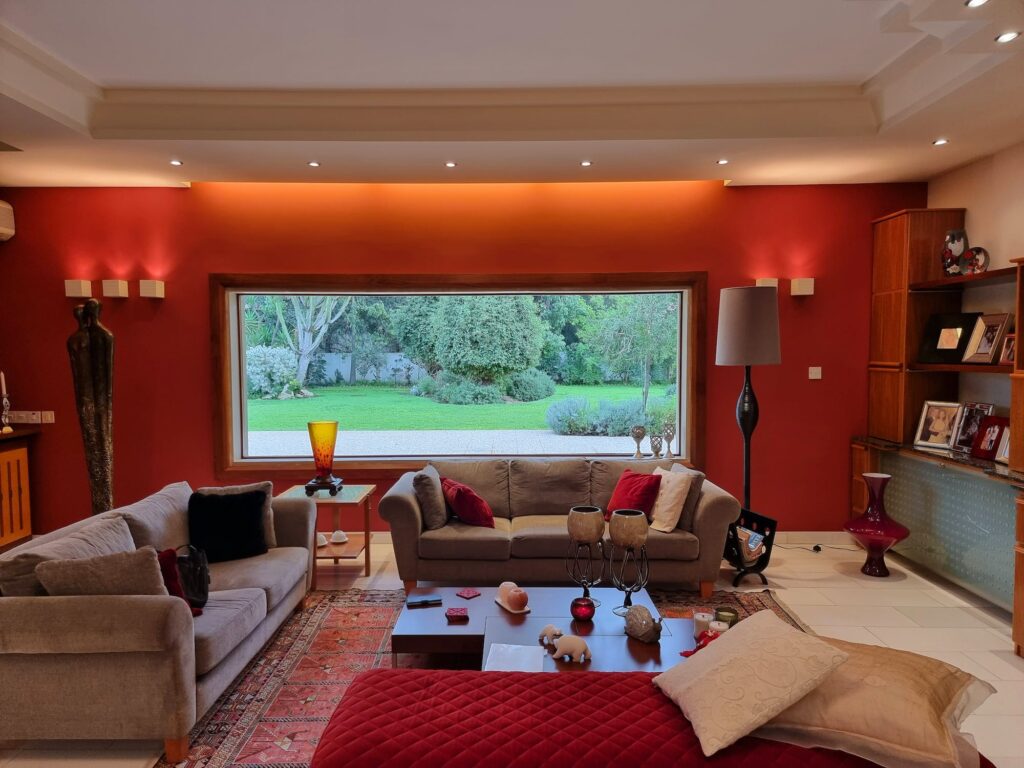
Welcome to the world of interior design, where more than just aesthetics takes center stage. Have you ever walked into a room and instantly felt a wave of calm or energy? That’s the magic of interior design at work, influencing not only the visual appeal but also your emotions and well-being.
Interior designers are not mere decorators; they are emotion architects. Their expertise goes beyond choosing colors and furniture; they delve into the psychology of spaces, creating environments that positively impact your mood, health, and productivity.
Colors are more than just visual stimuli; they have a profound effect on our emotions. Interior designers strategically use color psychology to evoke specific feelings. Warm tones like reds and yellows promote energy, while cool blues and greens induce calmness. Learn to choose colors that resonate with your desired emotional state.
Lighting is a powerful tool in interior design that can significantly impact your mood and health. Natural light is an instant mood lifter, promoting positivity and reducing stress. Interior designers play with lighting to create focal points and enhance the overall atmosphere. Discover how to maximize natural light and choose artificial lighting that complements your lifestyle.
How you arrange your furniture isn’t just about aesthetics; it’s about creating a harmonious flow. Interior designers understand the importance of spatial planning. Learn the art of arranging furniture to encourage conversation, enhance functionality, and create a space that feels inviting and comfortable.
The materials used in your living space have a tactile influence on your well-being. Interior designers carefully select materials that are not only visually pleasing but also contribute to a healthy environment. Explore eco-friendly options, sustainable materials, and the impact they can have on both your home and the planet.
Your home should be your sanctuary, a place that nurtures your mental health. Interior designers specialize in creating personalized spaces that cater to individual needs and preferences. Discover how to transform your home into a haven that promotes relaxation, reduces stress, and fosters overall well-being.
In the world of interior design, every color, piece of furniture, and ray of light plays a role in shaping your emotional experience. By understanding and implementing the principles of interior design, you can proactively design a space that not only reflects your style but also contributes to a healthier and happier life.
Embark on this journey of intentional design, guided by the expertise of an interior designer, and witness the transformative power of your living space on your emotional well-being. After all, a healthier life begins with the design choices you make every day.

Claim Your Free Design
Consultation That will get your mind
in order and help you express your personal style